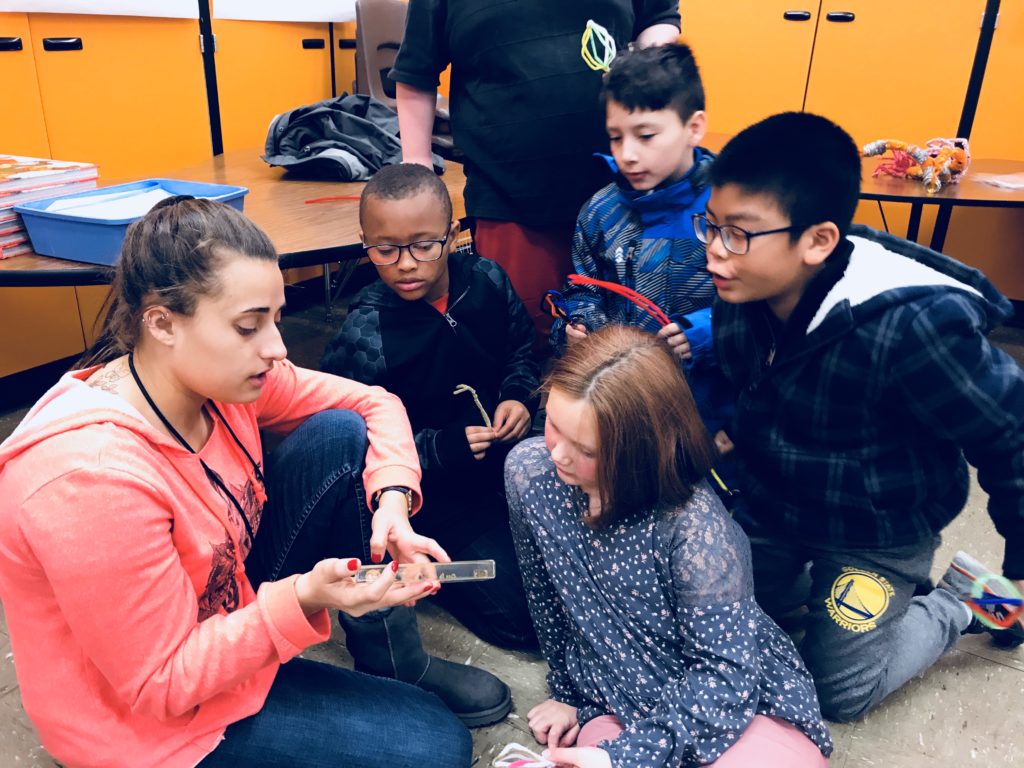Post by Jessica Patching-Bunch, Noggin Resource Council member

NW Noggin volunteers were invited to Minter Bridge Elementary School in Hillsboro on a crisp December morning, ready to take on an energetic class of SIXTY 4th graders followed by another thirty eager 5th graders! We were welcomed by Mrs. Murphy, a 4th grade teacher who has been working with her students on the Brainology for schools curriculum…
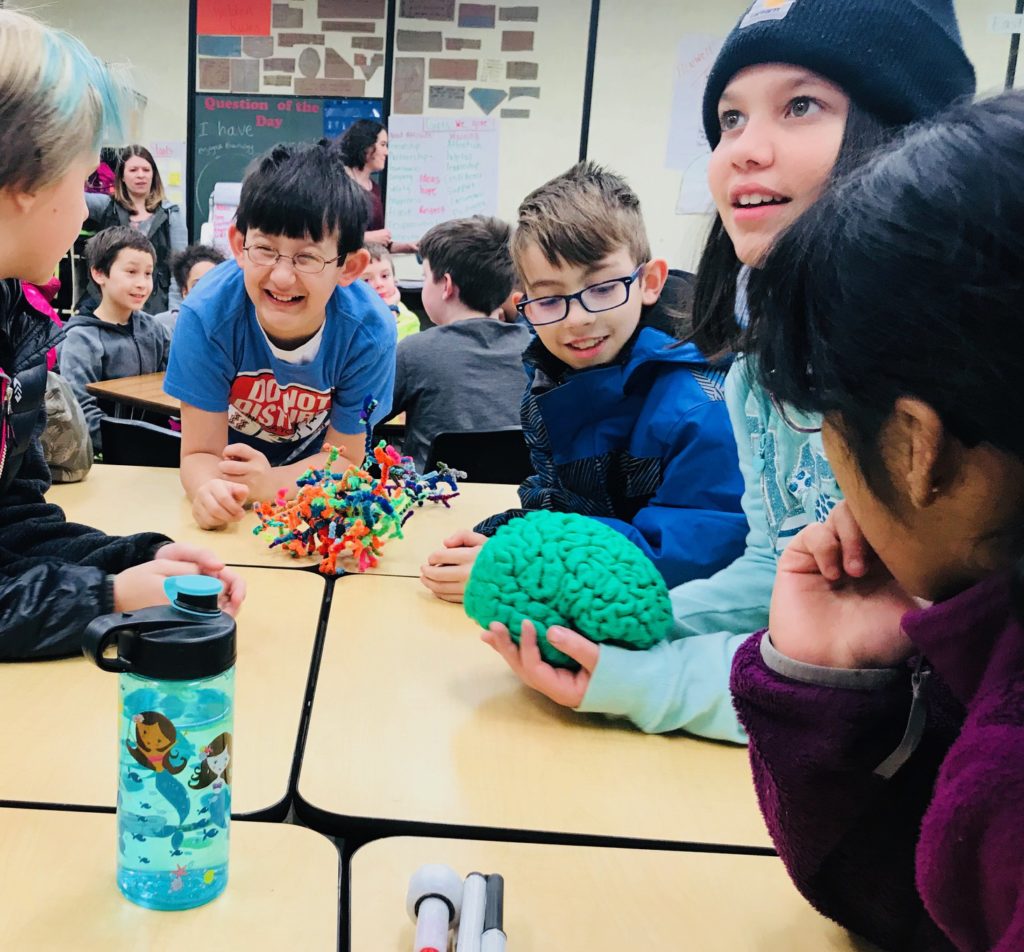
LEARN MORE: Brainology
LEARN MORE: Using Wise Interventions to Motivate Deliberate Practice
LEARN MORE: Mindset Over Matter
We were prepared to bust brain myths and introduce new facts with the help of our tried and true pipe cleaner neuron project and some REAL human brains..!
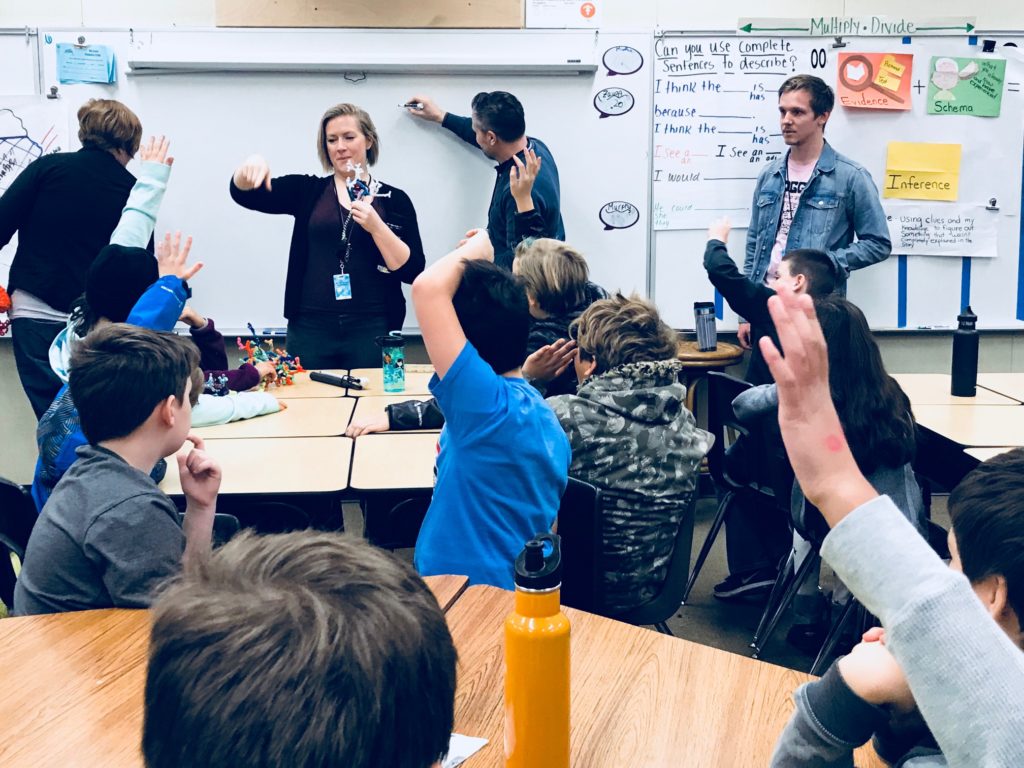
Our enthusiastic volunteers included Angela Hendrix, a Noggin Resource Council member and accomplished neuroscience educator. From Portland State University we welcomed Deza’Rae Collins (an NIH BUILD EXITO scholar), Jesse Hamlin (Resource Council member for music and performance), Gaile Parker (member for youth social services), and Sulema Rodriguez (member for BUILD EXITO). Jessica Patching-Bunch (Resource Council member for Communications) from OHSU and Noggin co-founders Bill Griesar and Jeff Leake also participated…
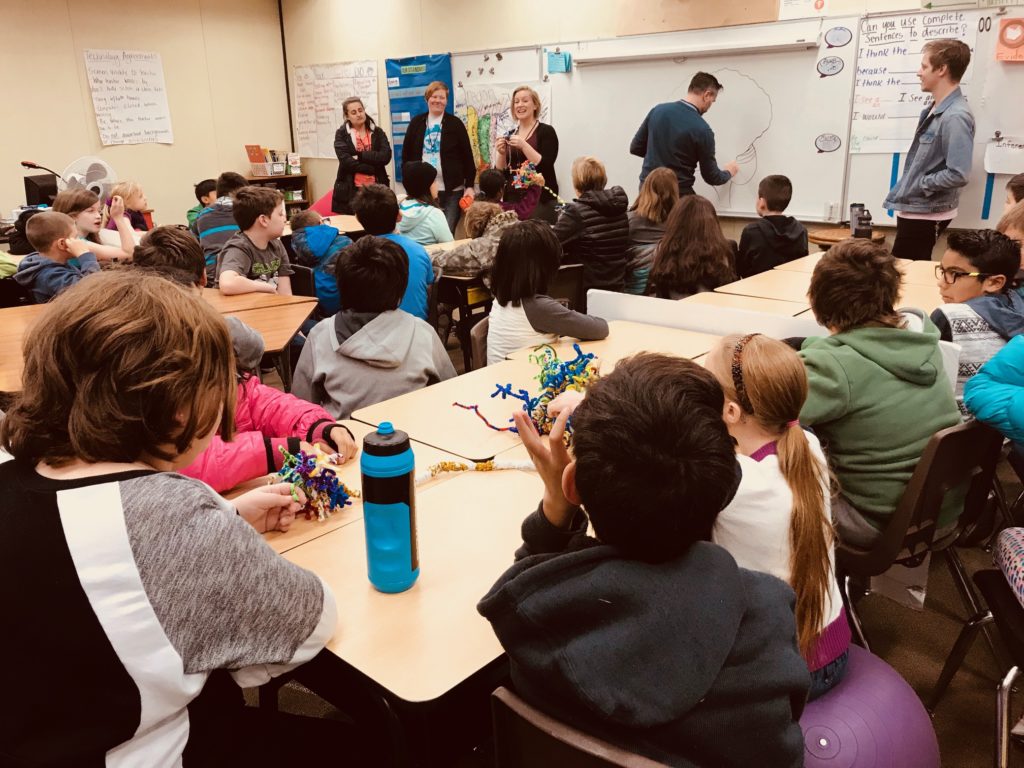
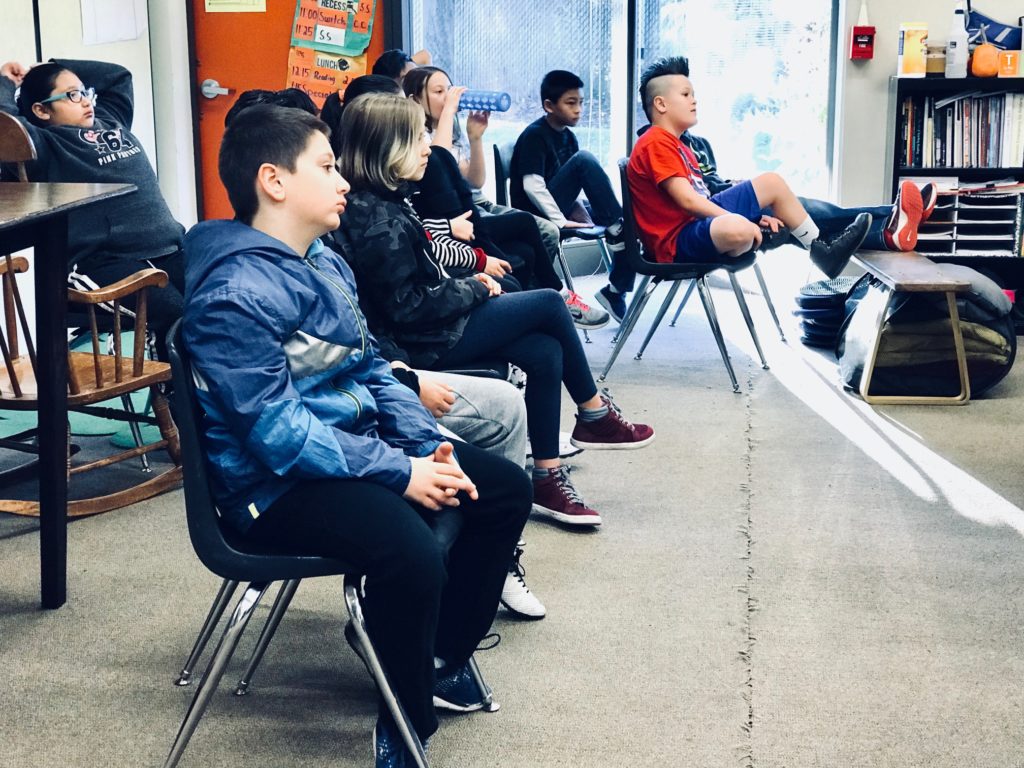
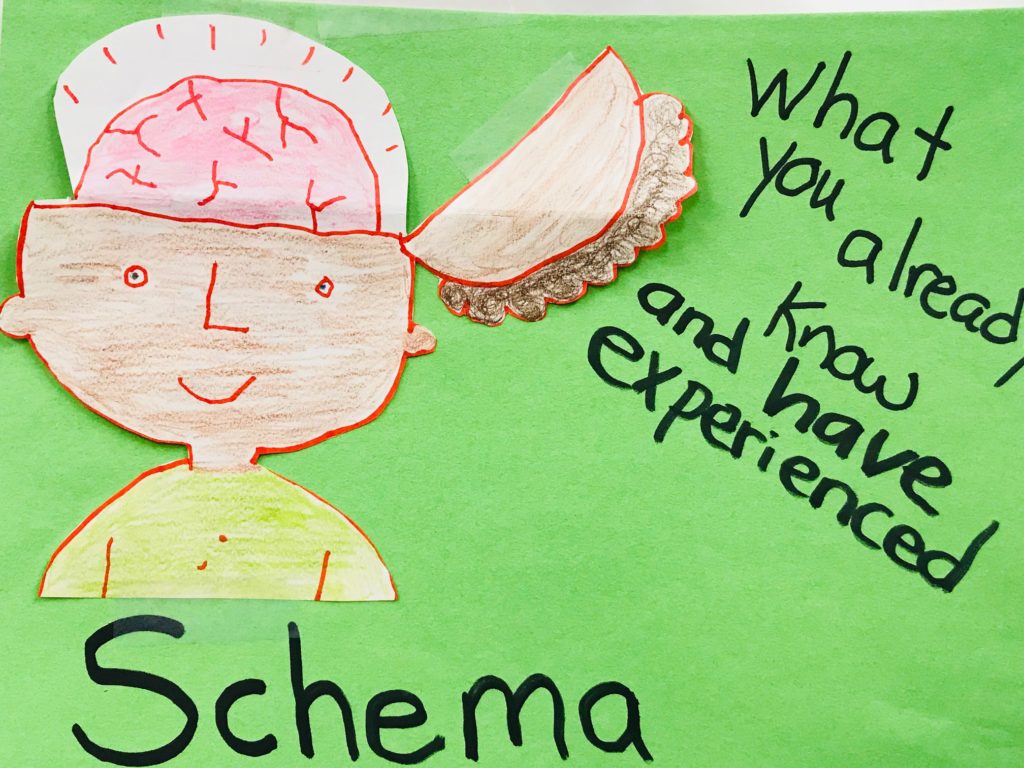
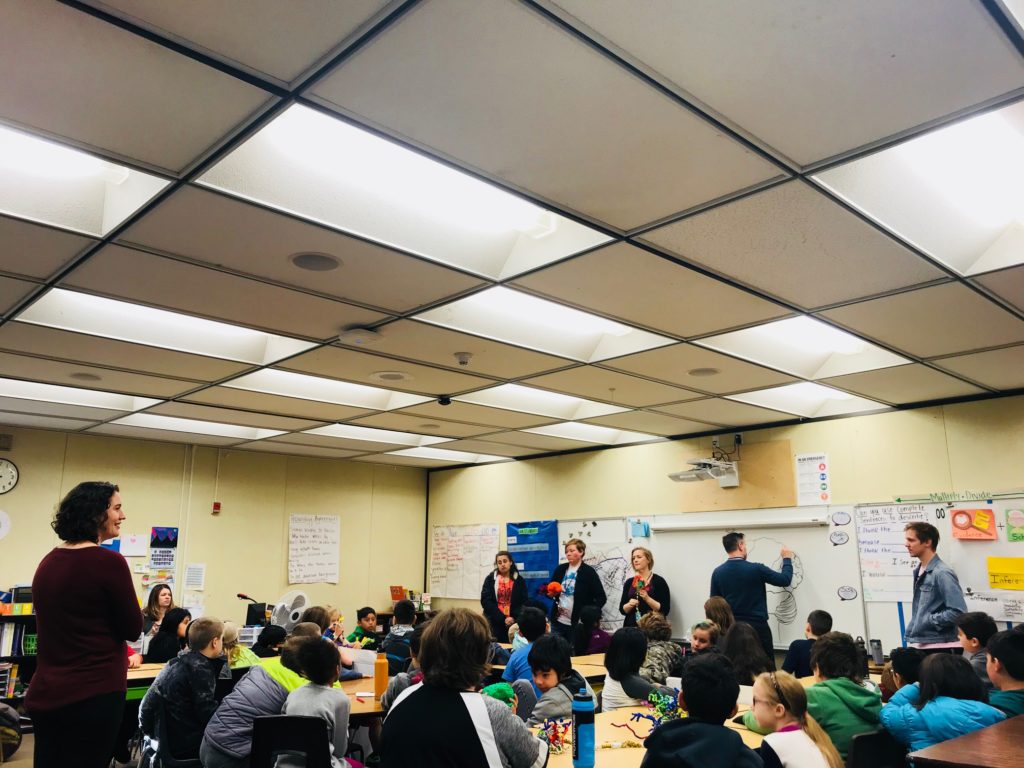
We began by introducing ourselves, who we are and why we love both art and neuroscience! We then found out that these bright young 4th graders already knew quite a bit about what different parts of their brains do, including the various lobes. One student remarked: “It’s so weird that eyesight comes from the back of your brain even though our eyes are in the front!”
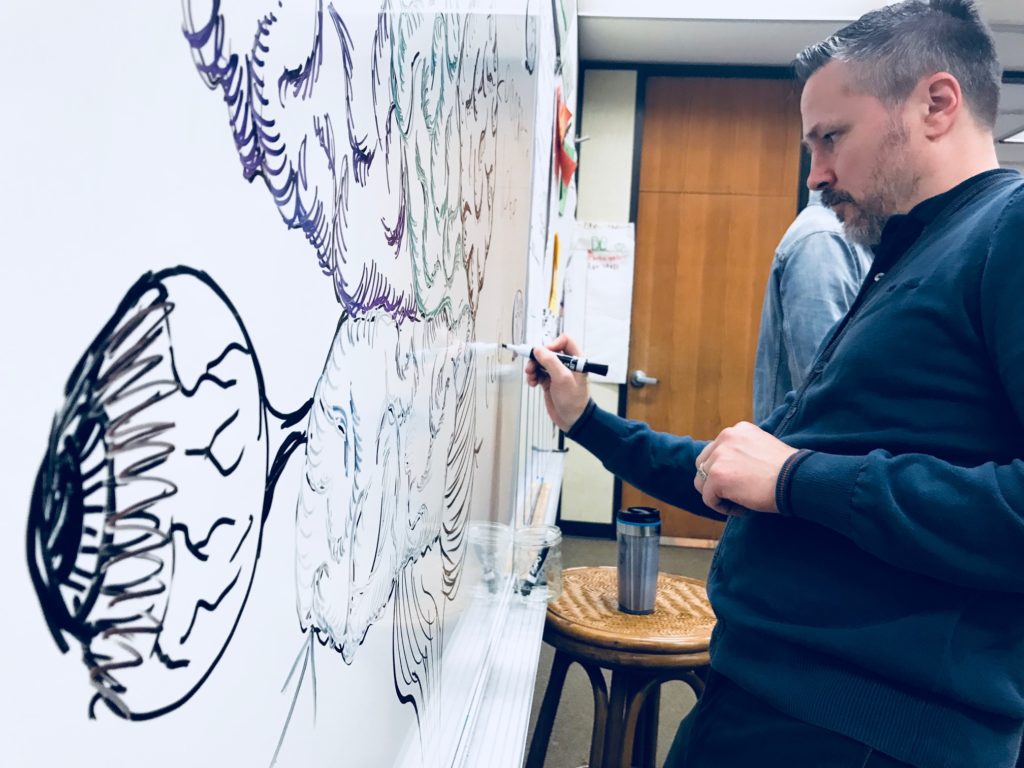
That’s right! The occipital lobes are located in the back of the head while the eyes are on your face. The optic nerve carries the visual information gained towards the other side of the head for processing.
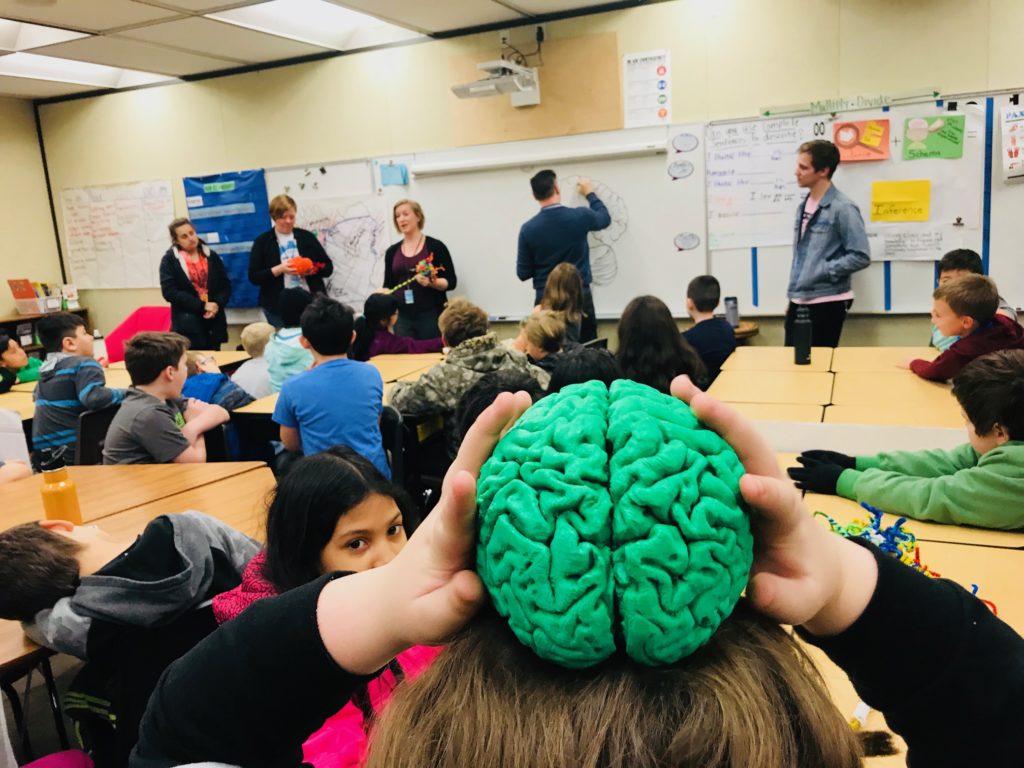
Minter Bridge Elementary is a dual immersion language school that offers instruction in both English and Spanish. Our volunteers Sulema and Jessica taught briefly in Spanish to emphasize the importance of language learning for cognitive growth!
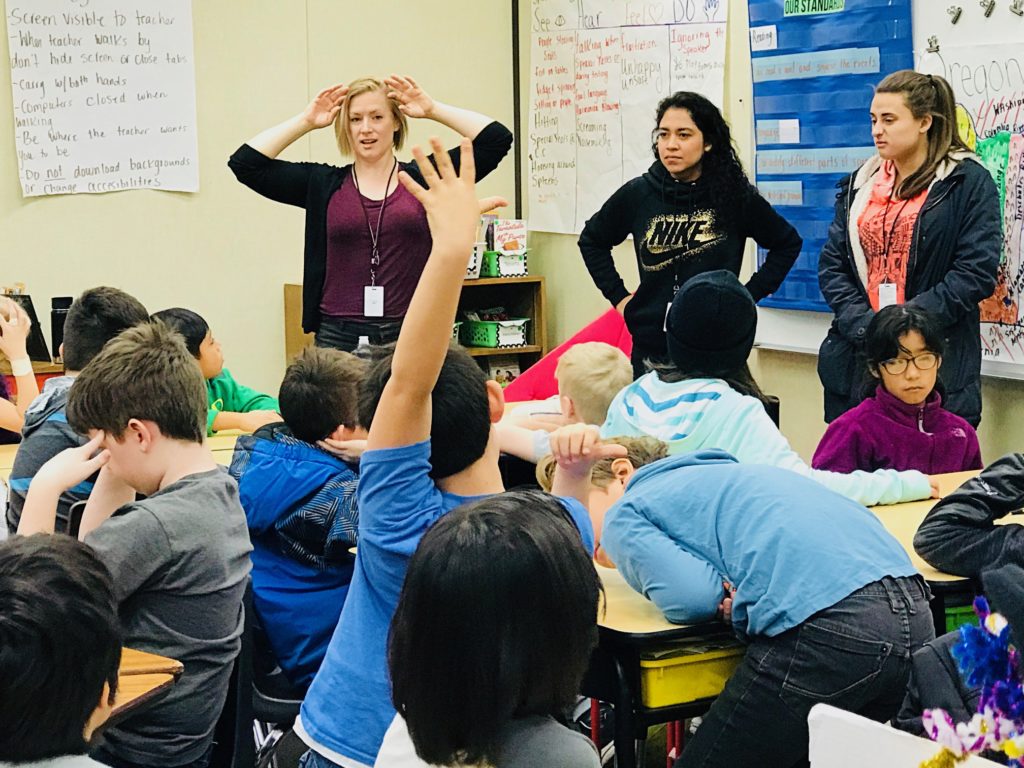
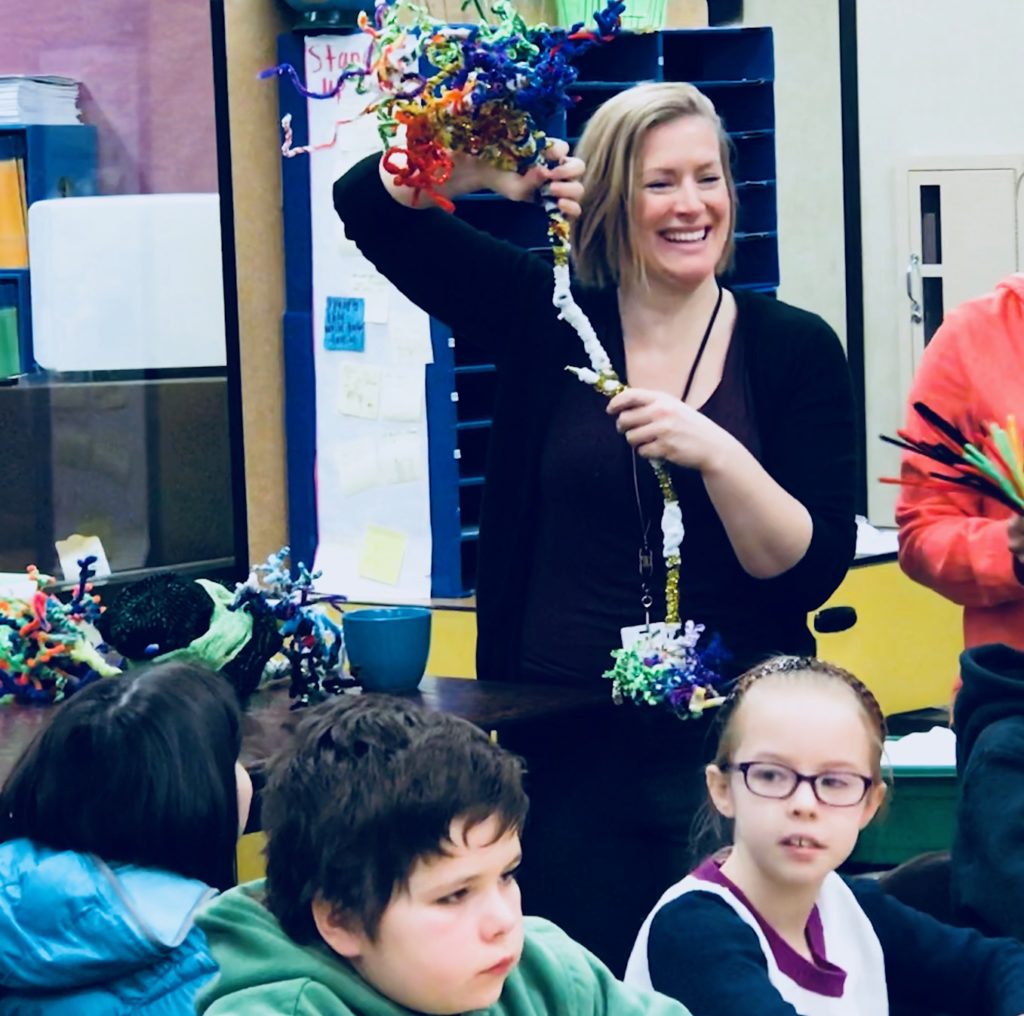

We explained that when we study science (including neuroscience) in Spanish or in English we typically encounter many terms with shared origins (these terms are known as cognates, which is Latin for “blood relative”). This similarity is often unmistakable, and neuro-related cognates can be very helpful when we are busy learning both brain science AND a new language…
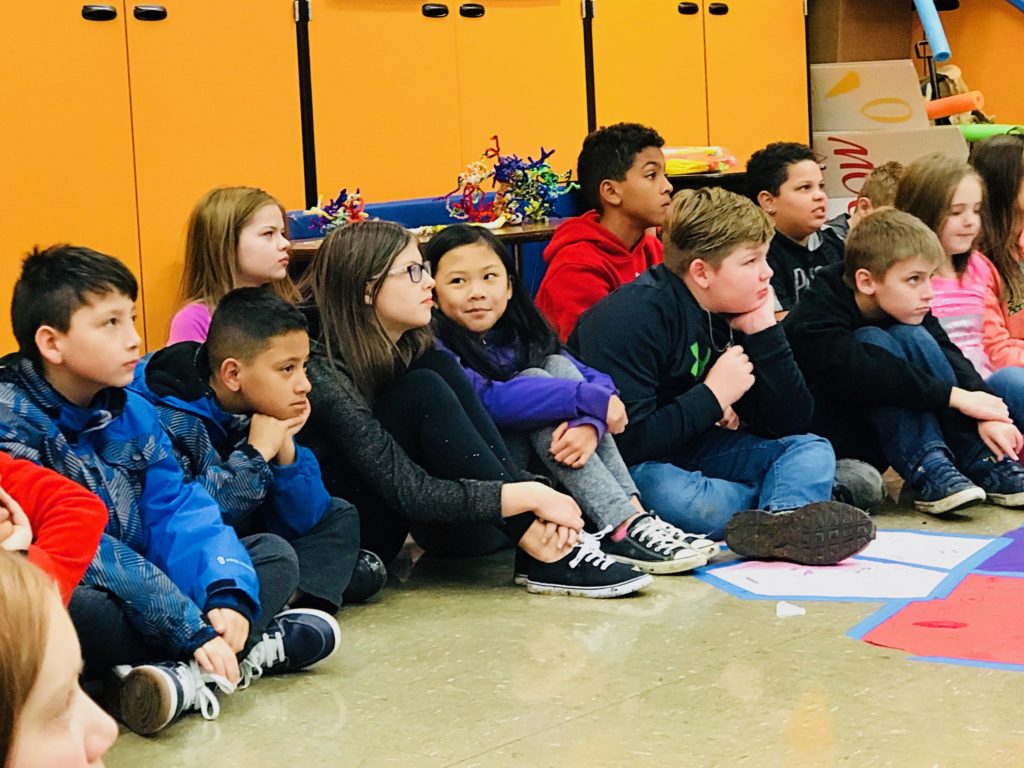
At Minter Bridge, we even learned a new word – proprioception – one’s ability to sense stimuli regarding their own motion and position in the world without the need for visual input. The word is quite similar in Spanish – propiocepción!!

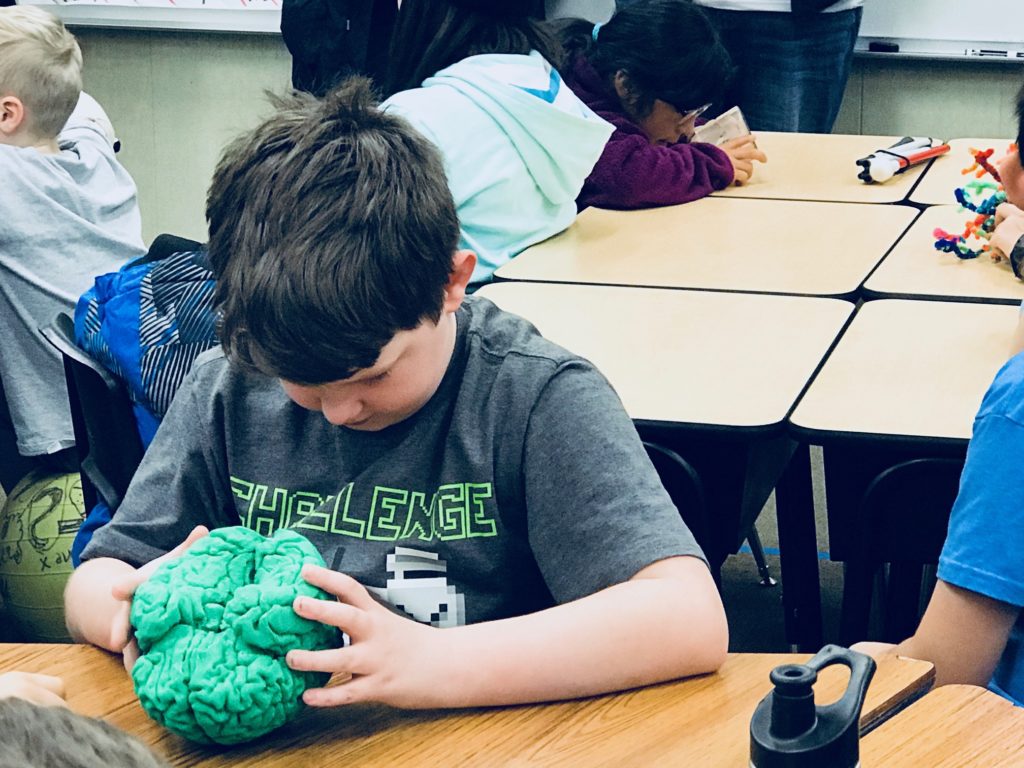
LEARN MORE: How does the bilingual experience sculpt the brain?
LEARN MORE: Bilingualism boosts the brain, NIH study finds
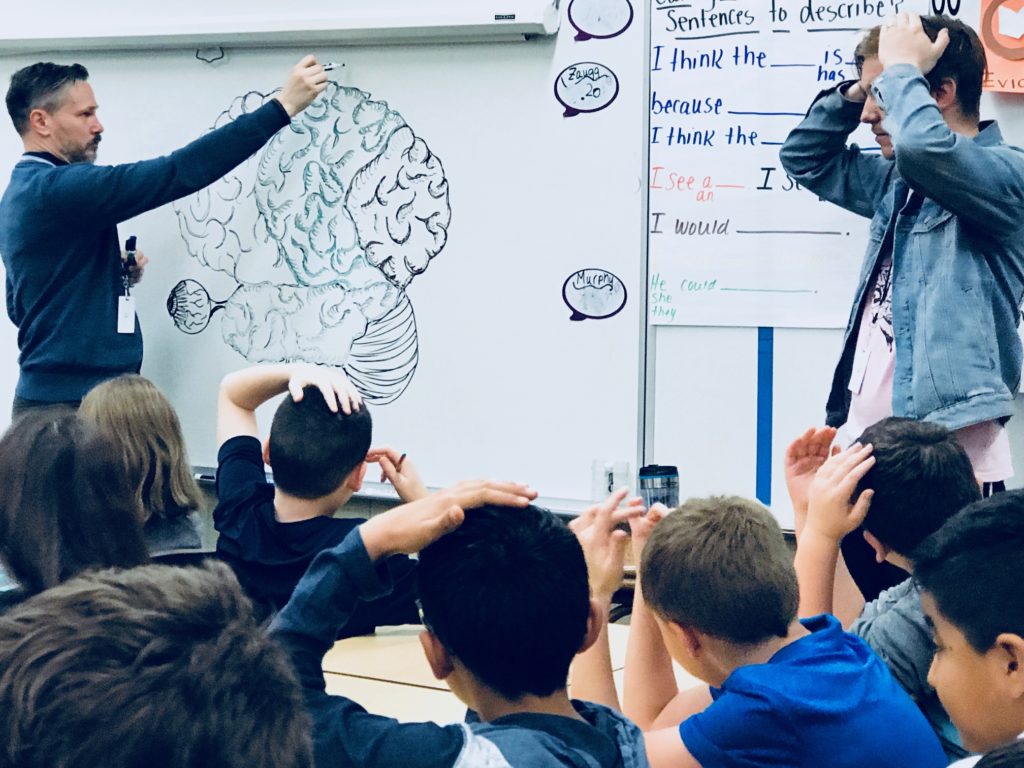
We then led students in building their own brain cells!
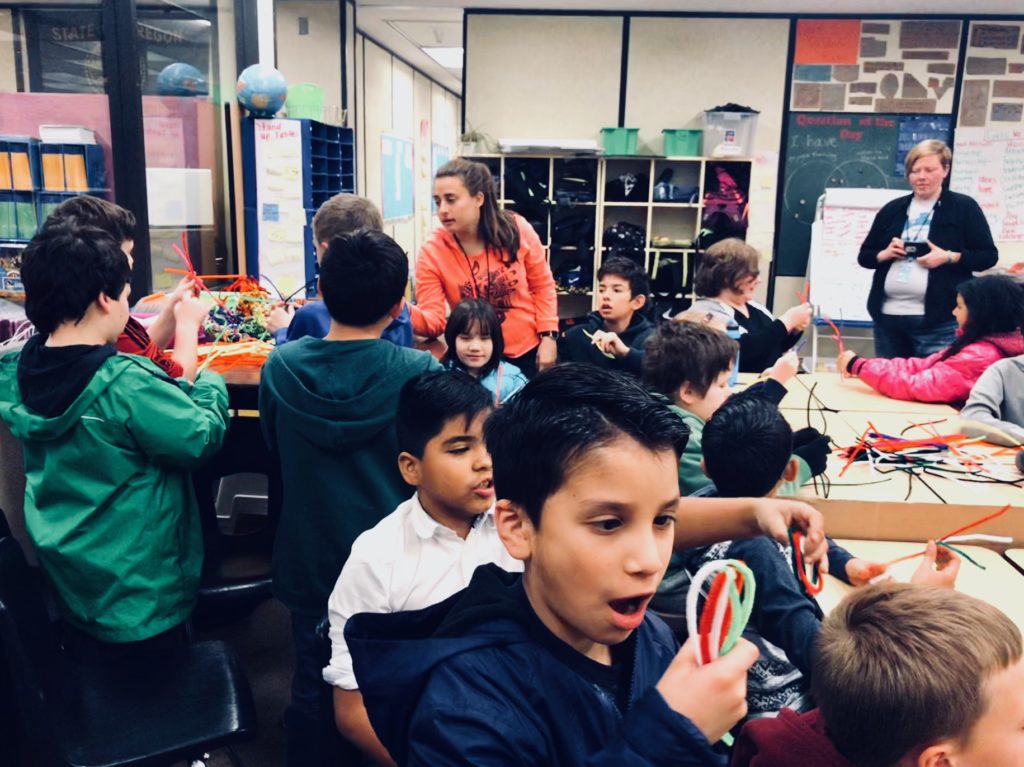
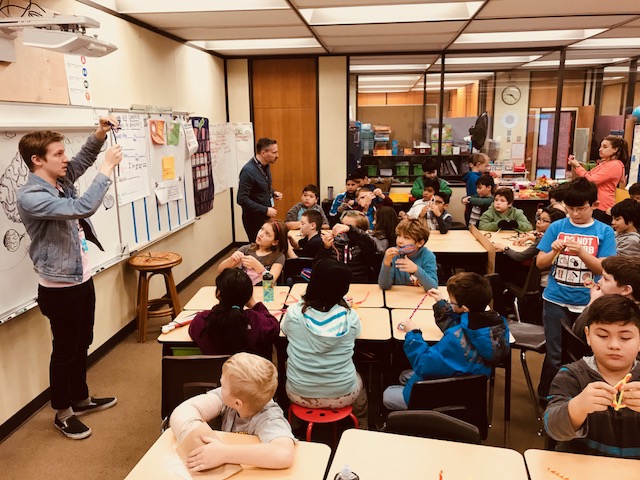
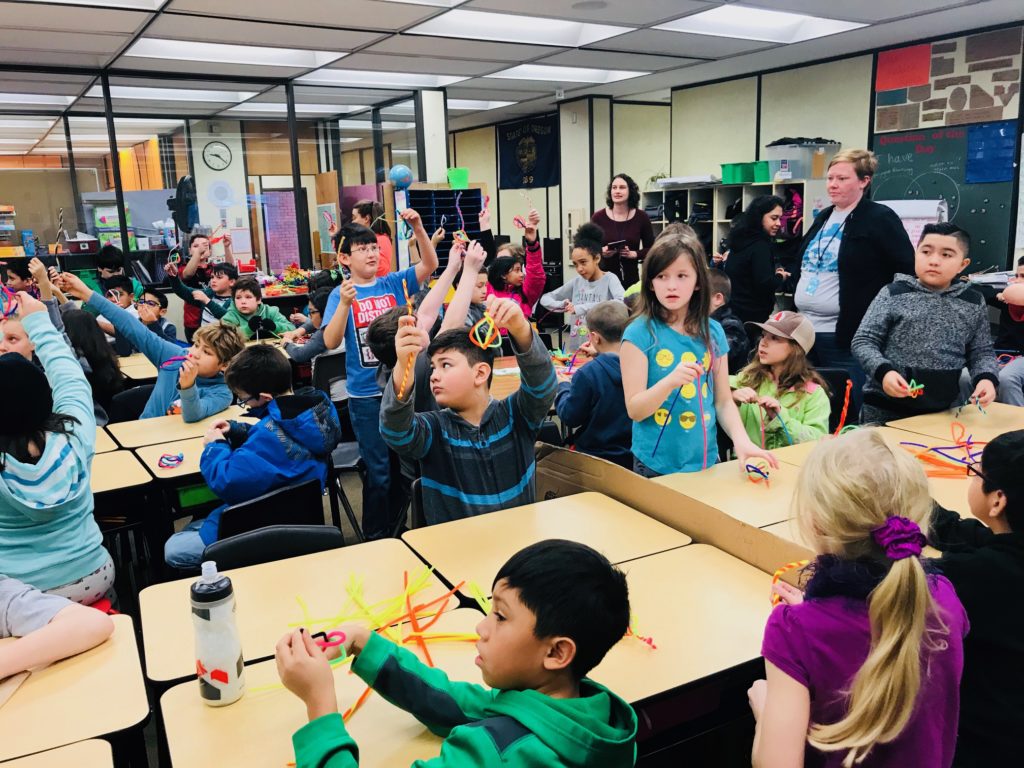
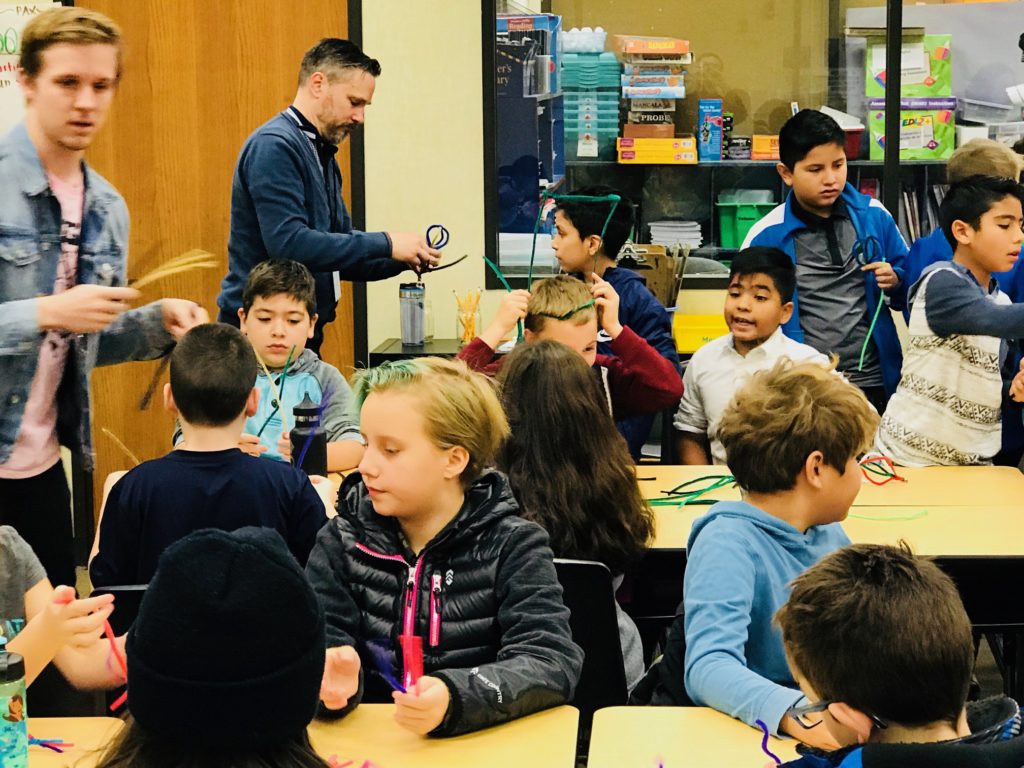
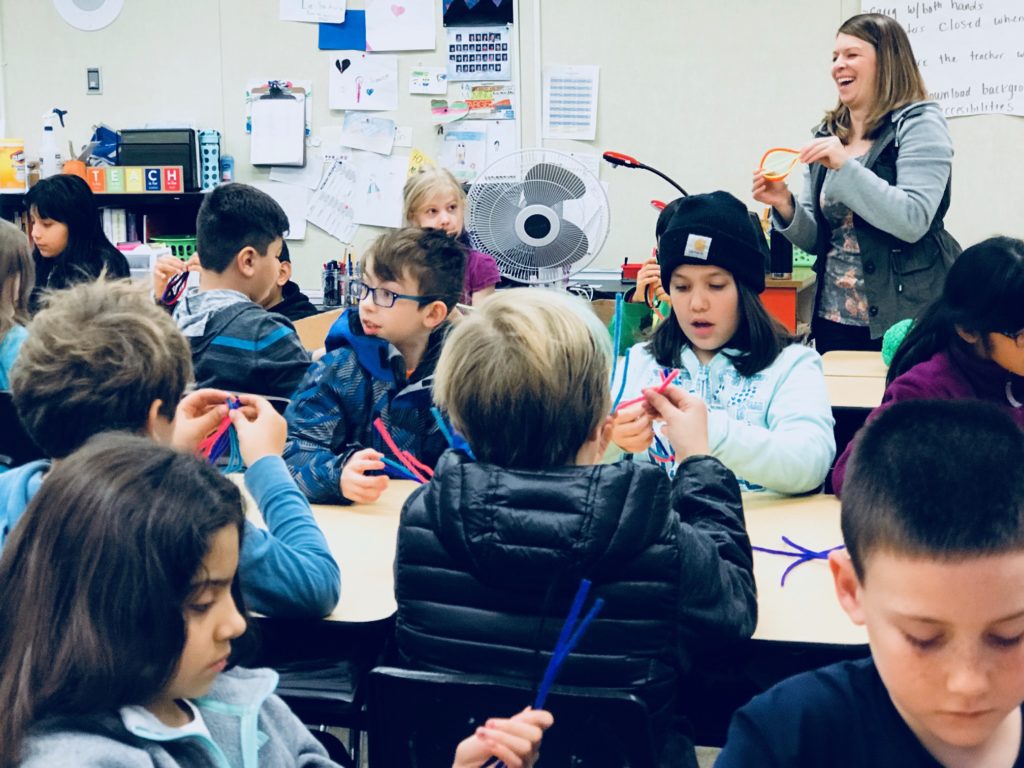
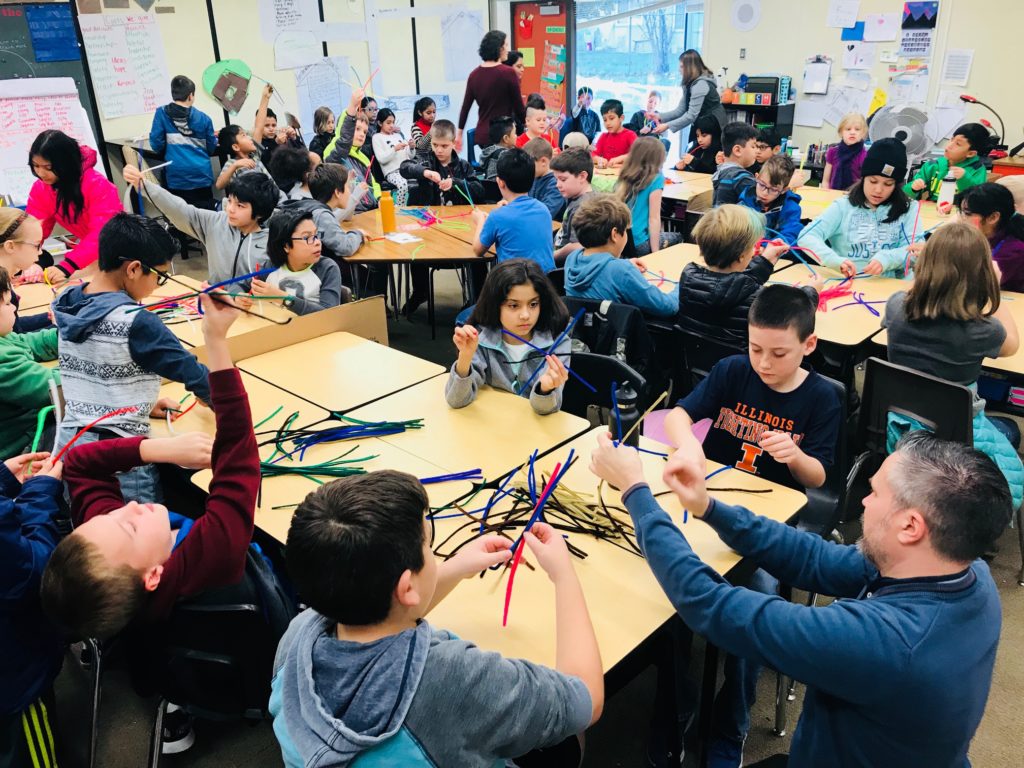
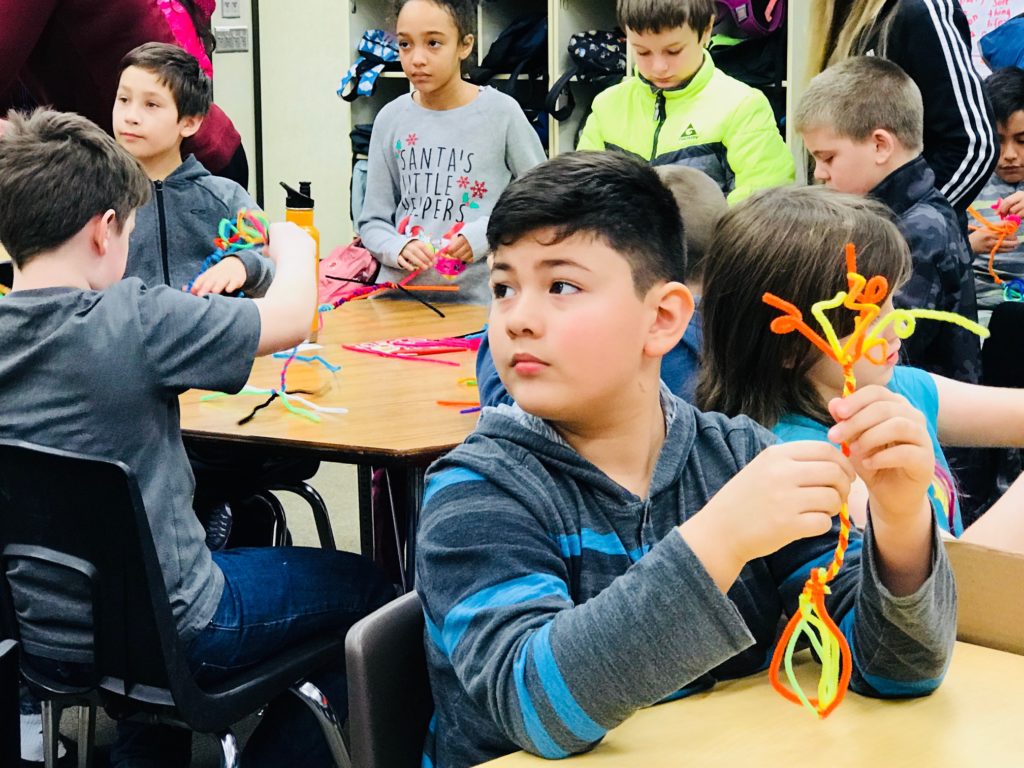
LEARN MORE: STEAM Art Projects
After finding out what students already knew and discussing new information about how our brains work we moved to the “hard area” and split into two groups…
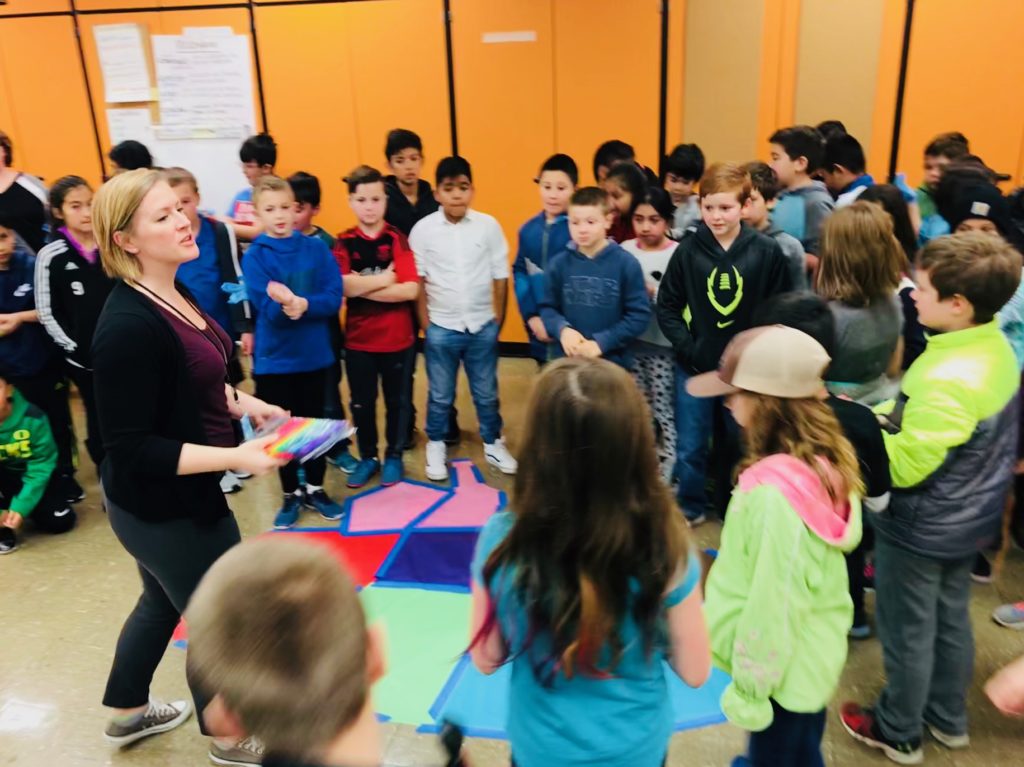
Students enthusiastically alternated between the big colorful brain map on the floor, and the real human brains we had available for them to examine up close, and hold!
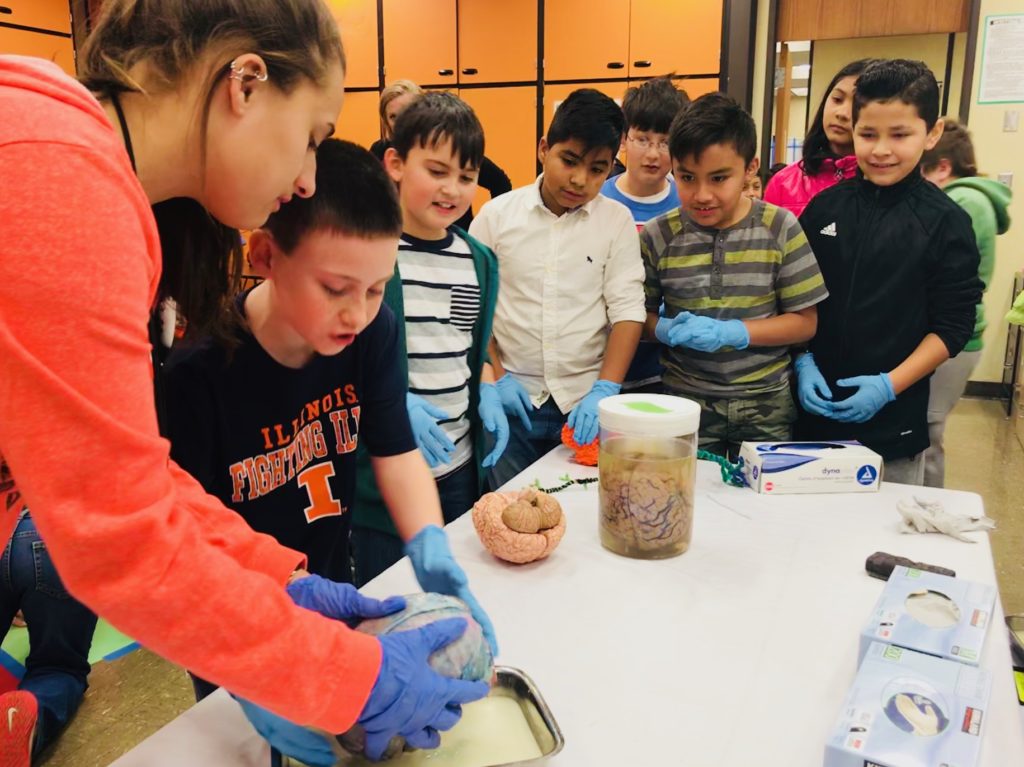
Before class, we had quickly constructed a large craft paper brain for students to draw on directly, and write about and illustrate what each lobe and region (including the cerebellum, and the brainstem) helps us do…






While nearby we took turns holding both a whole human brain and a mid-sagittally cut hemisphere, thanks to our community collaborators at BioGift! The whole brain, prepared by Andrew Hardy, still has a substantial flap of dura mater, the tough outer covering of the three meninges – layers that protect the brain…
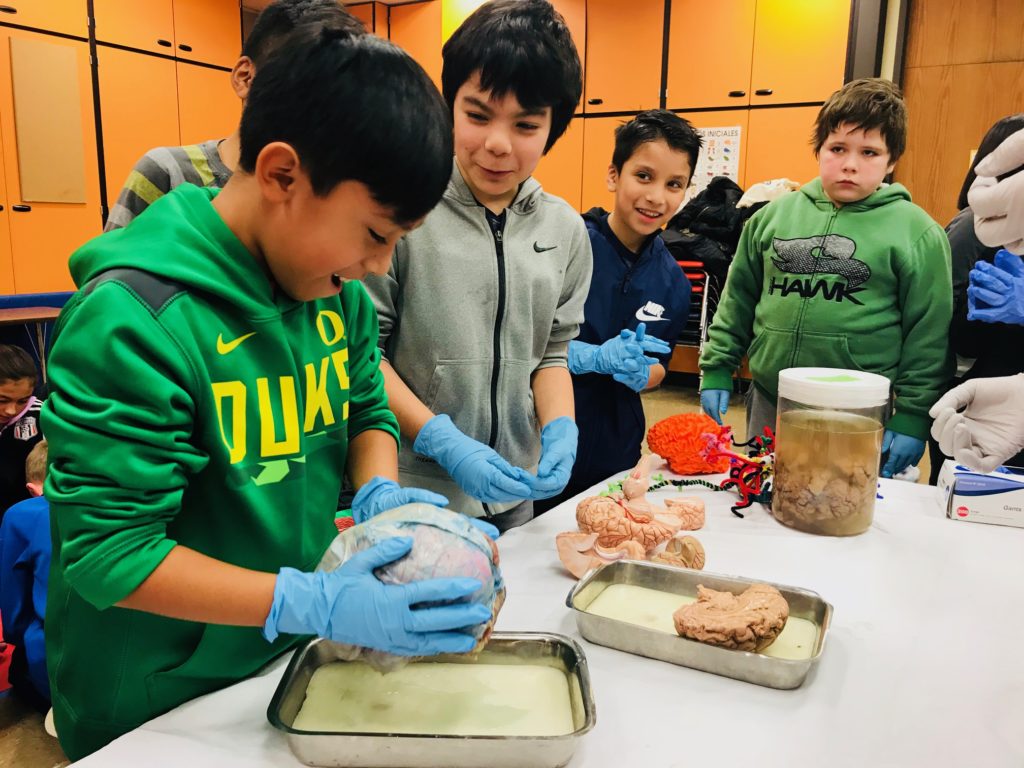
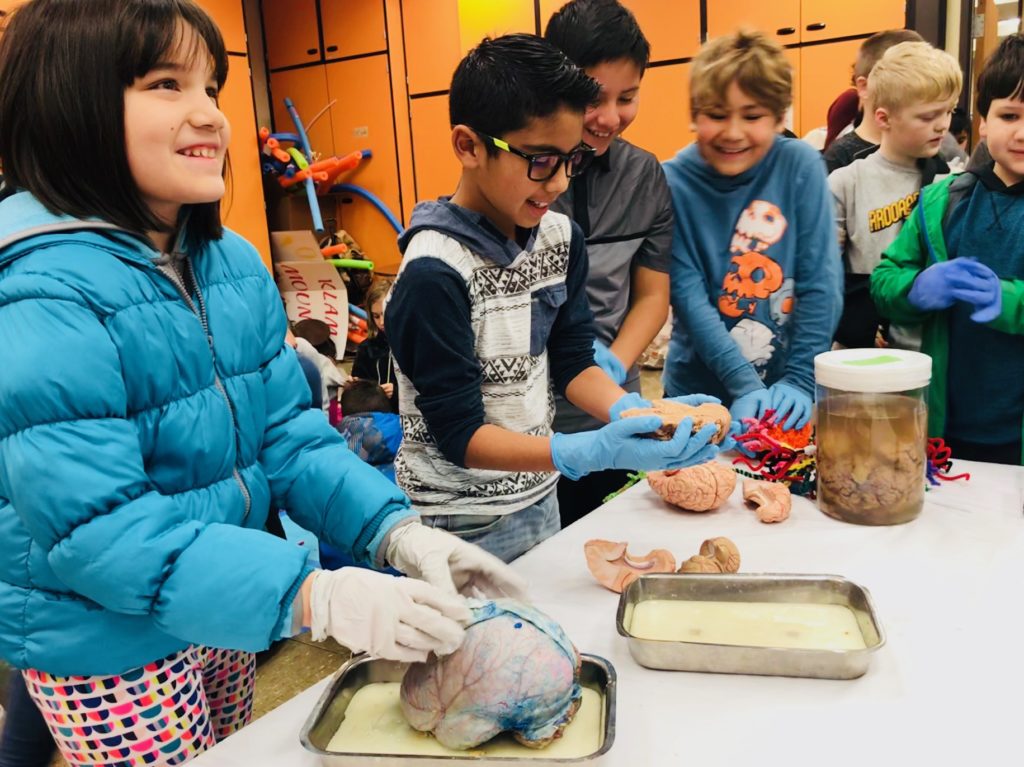
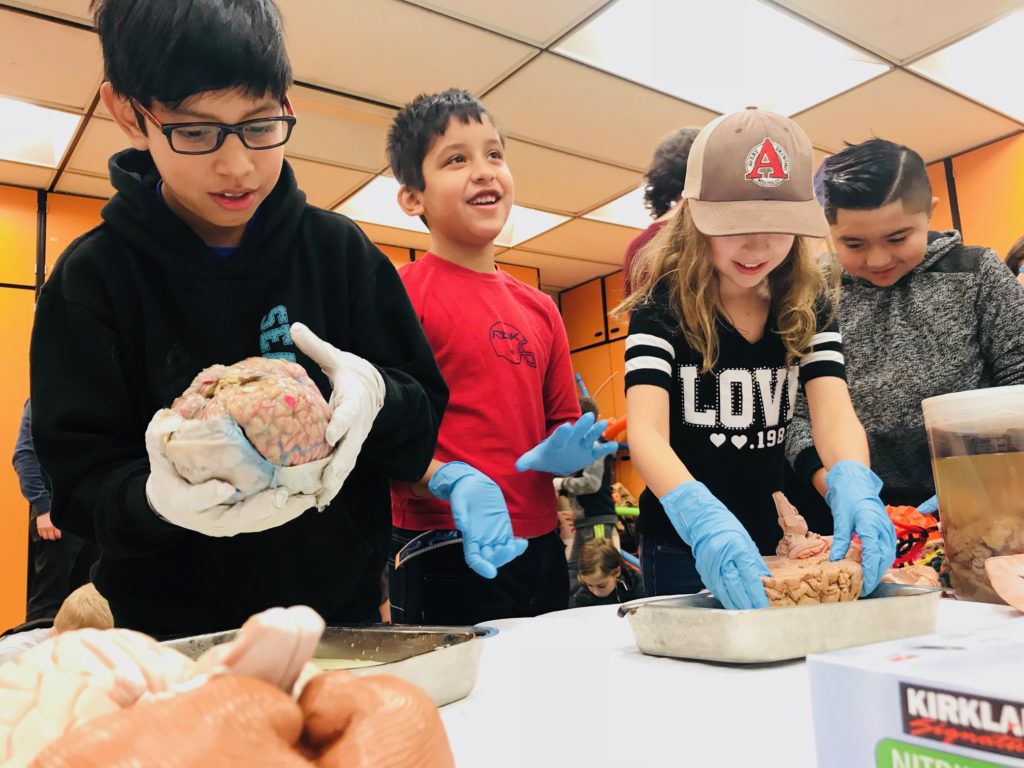
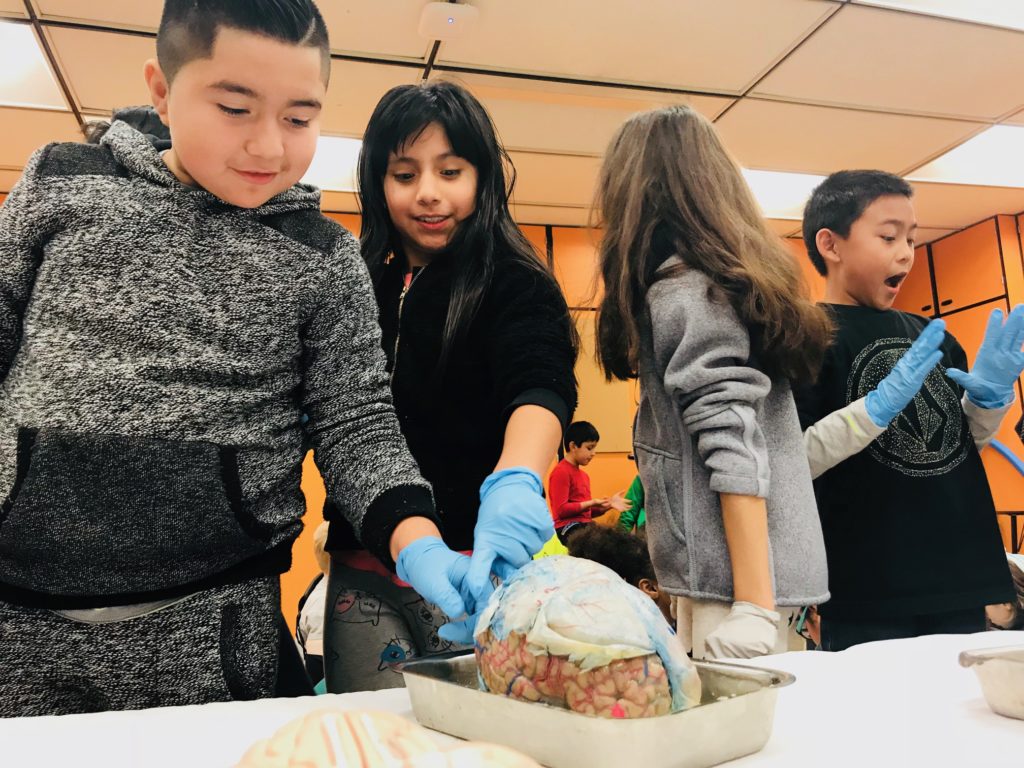
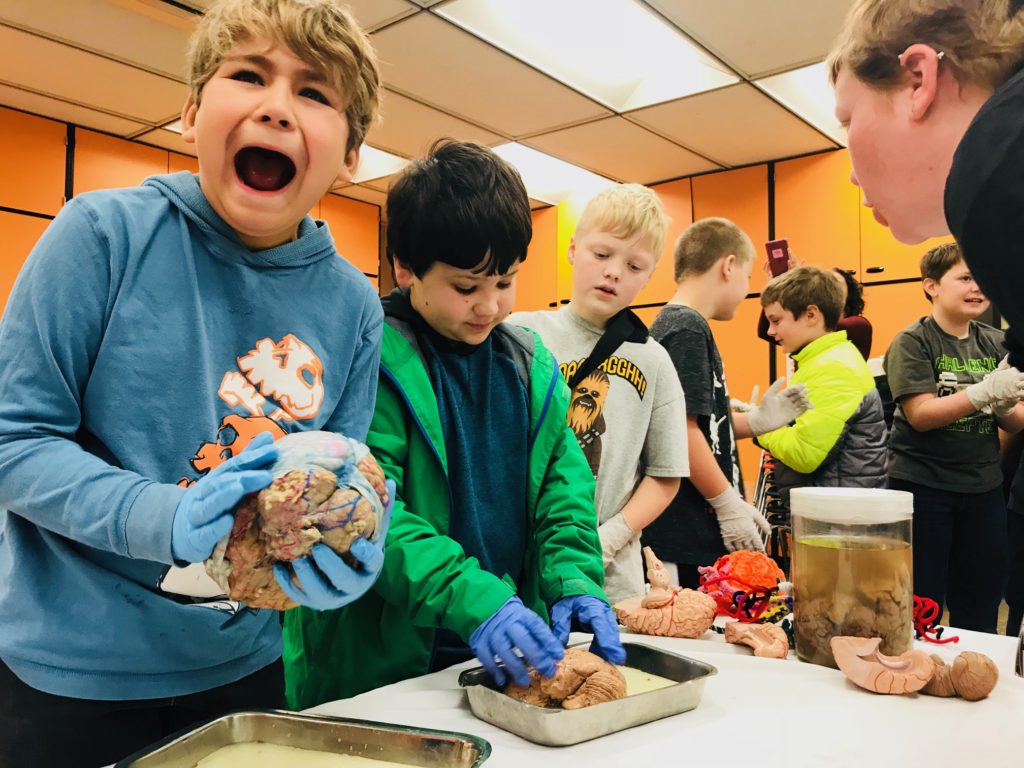
LEARN MORE: BioGifting brains
There were many insightful questions about where these brains came from. This was a great opportunity for us to talk about anatomical donation. We discussed the difference between donating organs for transplant and donating for medical training, and science research, education and outreach. The students had much to say: “I learned that sometimes when people die people take their brains out and do tests on them,” and “I found out I can donate my body to science!”
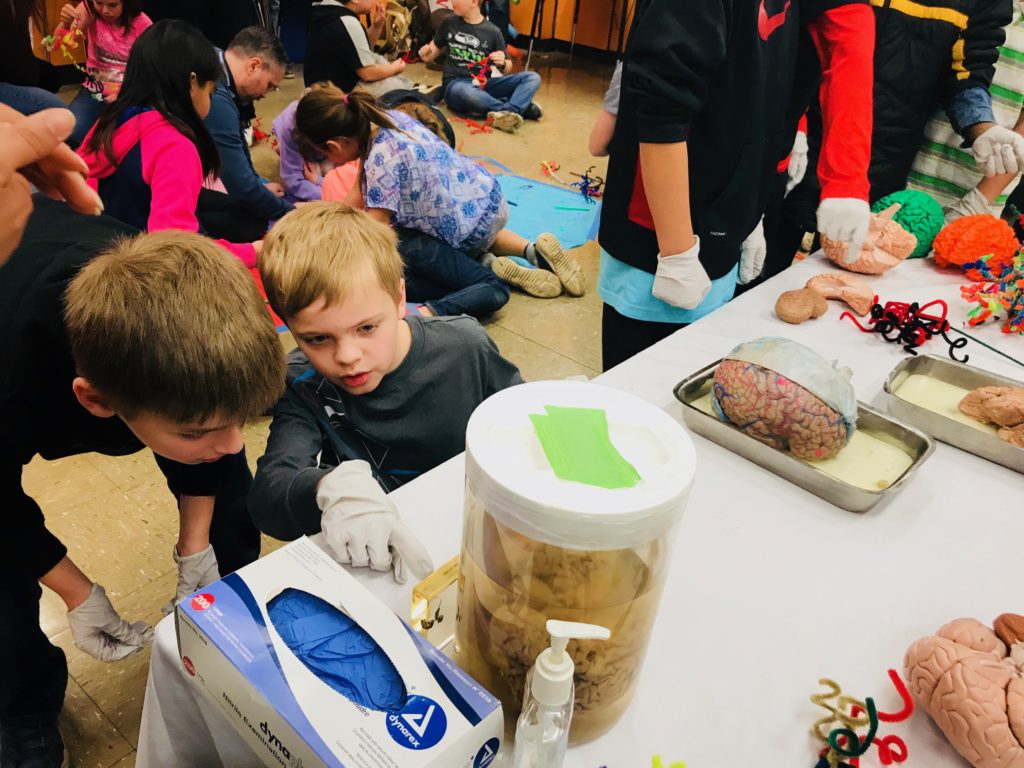
After we had packed up our brains and art supplies and said goodbye, Mrs. Murphy asked her class what they learned or liked best about their day with NW Noggin…

“NW Noggin was really fun! We got to make a neuron with our own hands and we learned a lot,” replied one student. “I didn’t think the brain was really real! It was so heavy!”
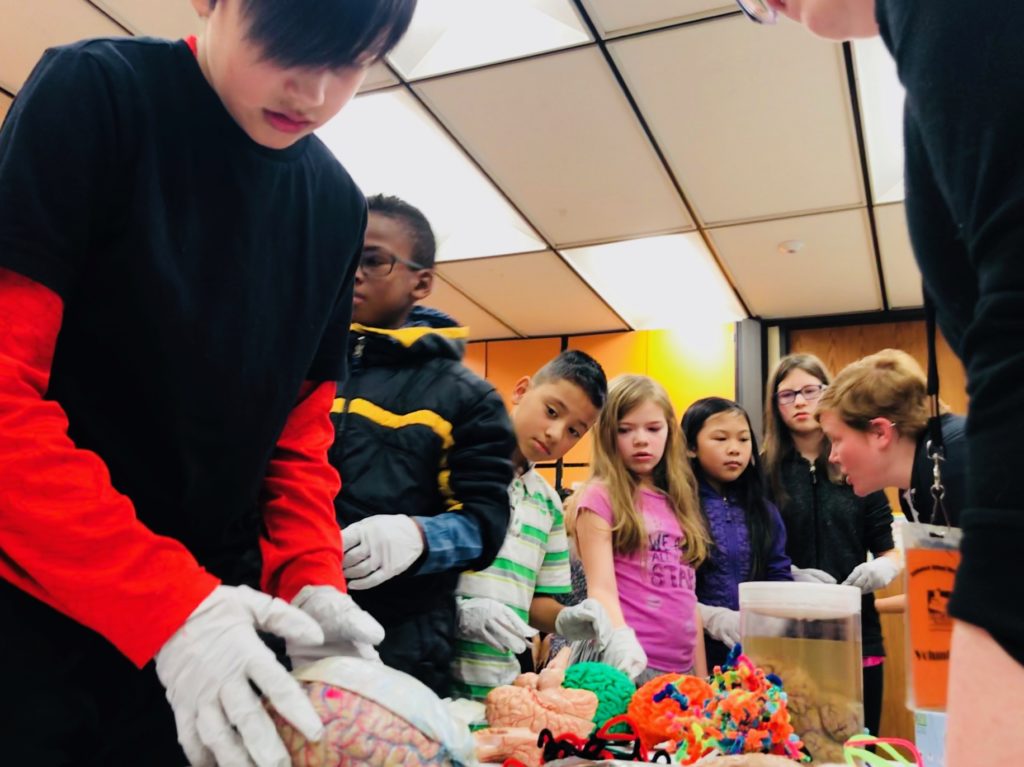
More comments: “When you’re at work or school and you’re learning your neurons grow and you get smarter!” “I learned that there is DNA inside the neurons!” “I thought it was pretty cool because you don’t often get to really hold a human brain!”
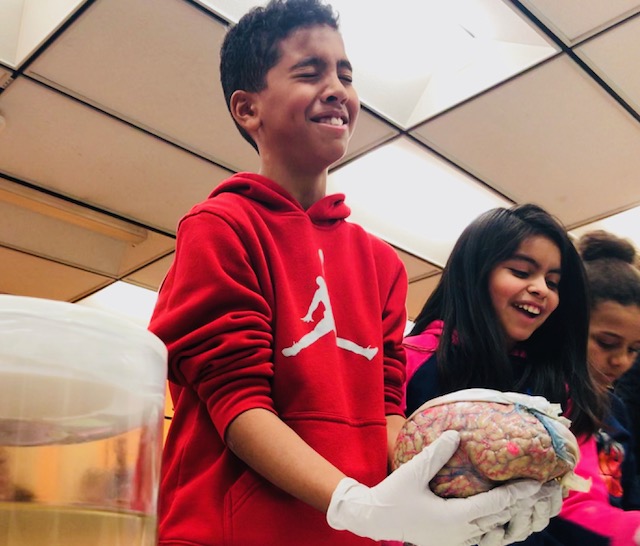
“I’ve always wanted to touch a human brain and now I have! Checked off the bucket list!”
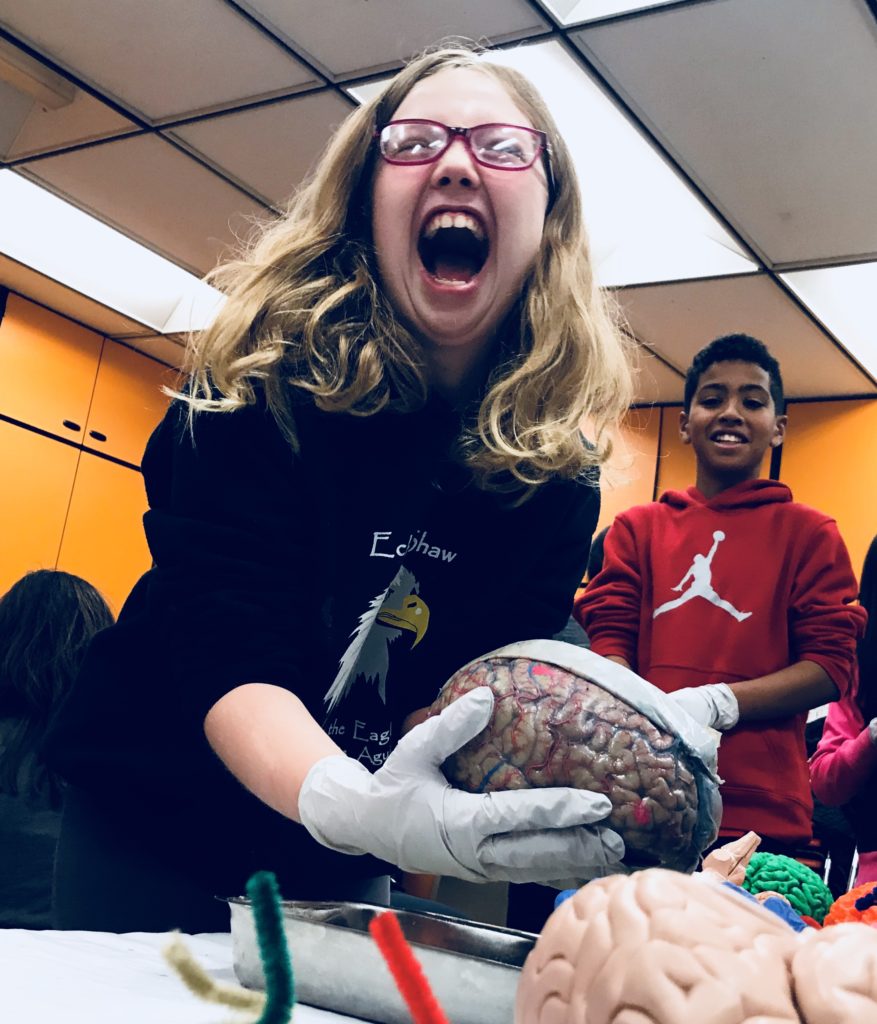
A big thank you to Mrs. Murphy’s classes at Minter Bridge for inviting us to share in learning about our brains with art!!
